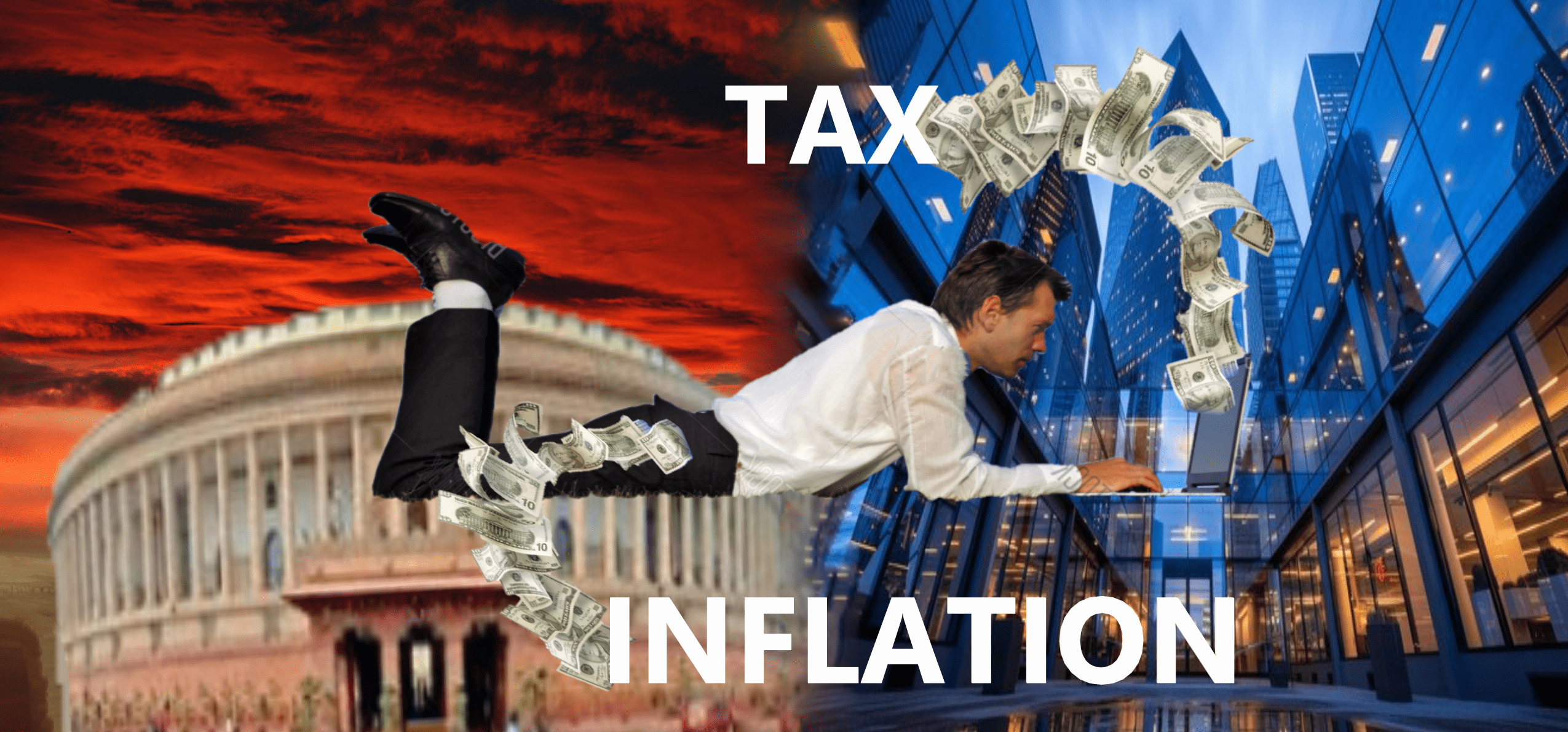
In today’s economic landscape, hardworking employees often find themselves caught between a rock and a hard place: the rising tide of taxes and the relentless surge of inflation. These two formidable forces are eroding the value of their earnings, making it increasingly difficult to maintain a comfortable standard of living.
The Tax Burden
Taxes, a necessary evil for the functioning of governments, have been on the rise in many countries. Income taxes, property taxes, sales taxes, and other forms of taxation are consuming a significant portion of an employee’s paycheck. As tax rates increase, individuals are left with less disposable income to meet their expenses. This can lead to financial stress and a reduced quality of life.
The Inflationary Squeeze
Inflation, the sustained increase in the general price level of goods and services over time, is another major challenge facing employees. As prices rise, the purchasing power of their wages diminishes. This means that they can buy less with their income than they could in the past. Essential items like food, housing, and transportation become more expensive, making it difficult to make ends meet.
The Double Whammy
When combined, the effects of taxes and inflation can be devastating for hardworking employees. The rising cost of living, coupled with the increasing tax burden, can leave individuals feeling trapped in a cycle of financial struggle. It becomes increasingly difficult to save for the future, pay off debts, or afford basic necessities.
The Lack of Infrastructure Support
The absence of adequate infrastructure support can significantly amplify the financial challenges faced by the working class. Poor quality roads, inadequate public transportation, and limited access to essential services like healthcare and education can increase daily expenses and reduce productivity. For example, individuals living in areas with poor transportation may need to spend more time and money commuting to work, reducing their overall earnings.
Addressing the Issue
To mitigate the impact of inflation, taxes, and inadequate infrastructure support on the working class, policymakers must adopt a comprehensive approach. This could include:
Implementing targeted tax relief measures: Governments can provide tax breaks or deductions to low-income individuals and families to help alleviate their financial burden.
Investing in infrastructure development: By improving roads, public transportation, and other essential infrastructure, governments can reduce costs for individuals and businesses.
Promoting economic growth: Creating a favorable business environment and encouraging investment can lead to increased job opportunities and higher wages, helping to boost the purchasing power of the working class.
Enhancing social safety nets: Providing social assistance programs like food stamps and affordable housing can help individuals and families cope with financial hardship.
The Impact on Different Demographics
The impact of taxes and inflation can vary significantly across different demographic groups. For example, low-income individuals may be disproportionately affected by rising prices, as a larger percentage of their income is spent on essential goods and services. Additionally, older adults may face unique challenges, as their fixed incomes may not keep pace with inflation.
The twin forces of taxes and inflation are posing significant challenges to hardworking employees. By understanding the factors at play and adopting effective strategies, individuals can better navigate these economic headwinds and improve their financial well-being.






